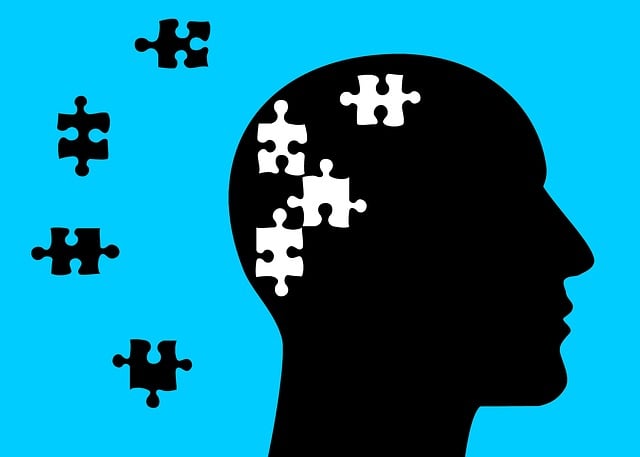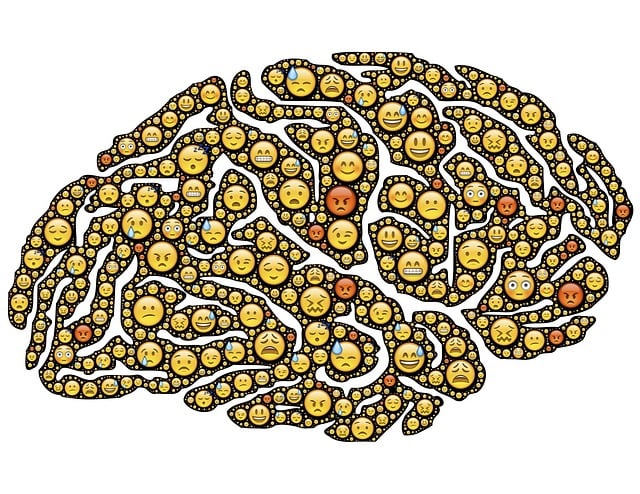Greenwood Village Eating Disorders Therapy (GVEDT) prioritizes client safety through comprehensive risk management. They assess individual factors like past behaviors, emotional vulnerabilities, and environmental influences for tailored interventions. GVEDT offers strategies for harm minimization, empathy building, stress reduction, and clear communication to empower clients in recovery. Their multi-faceted approach includes crisis intervention, mindfulness meditation, community outreach, and continuous planning adaptation based on progress assessments.
In the realm of eating disorder treatment, risk assessment and harm minimization are paramount. This comprehensive guide explores critical aspects of managing client safety, drawing insights from Greenwood Village Eating Disorders Therapy’s proven protocols. We delve into identifying potential hazards, implementing proactive harm minimization strategies, and tailoring individualized plans for unique recovery journeys. Through continuous monitoring and adaptation, these approaches ensure long-term recovery and well-being, showcasing the transformative power of a proactive approach in eating disorder treatment.
- Understanding Risk Assessment: Identifying Potential Hazards in Eating Disorder Treatment
- Harm Minimization Strategies: A Proactive Approach to Client Safety
- Greenwood Village Eating Disorders Therapy: Establishing Comprehensive Risk Management Protocols
- Individualized Planning: Tailoring Interventions for Unique Client Needs
- Continuous Monitoring and Adaptation: Ensuring Long-Term Recovery and Well-being
Understanding Risk Assessment: Identifying Potential Hazards in Eating Disorder Treatment

Risk assessment is a vital step in any treatment plan, especially when addressing complex issues like eating disorders. In the context of Greenwood Village Eating Disorders Therapy, understanding potential hazards is key to developing effective harm minimization strategies. This process involves meticulously identifying and evaluating various risks associated with the recovery journey. Every individual’s experience with eating disorders is unique, presenting distinct challenges and triggers. Therefore, a comprehensive risk assessment must consider factors such as past behaviors, emotional vulnerabilities, and environmental influences that could impact a patient’s well-being during treatment.
By identifying these hazards, therapists can proactively develop tailored interventions. For instance, some patients might benefit from confidence-boosting self-awareness exercises to challenge distorted thinking patterns. Others may require structured meal plans and support networks to navigate triggers related to food and body image. The Mental Wellness Podcast Series Production can also play a role in enhancing patient education and fostering a sense of community, addressing potential isolation or social anxiety often linked to eating disorders.
Harm Minimization Strategies: A Proactive Approach to Client Safety

Harm Minimization Strategies, a proactive approach to client safety, are at the core of effective Greenwood Village Eating Disorders Therapy. These strategies, tailored to meet individual needs, focus on building resilience and fostering healthy coping mechanisms. By implementing Empathy Building Strategies, therapists create a safe space where clients feel understood and supported, encouraging open communication and genuine connection.
Stress Reduction Methods play a pivotal role in this process, helping clients manage anxiety and triggers associated with eating disorders. Through mindfulness techniques, cognitive reframing, and other evidence-based practices, therapists guide individuals towards healthier ways of navigating emotional challenges. Additionally, Communication Strategies are utilized to ensure clear expectations, set boundaries, and address concerns promptly, fostering a collaborative environment that empowers clients to take an active role in their recovery journey.
Greenwood Village Eating Disorders Therapy: Establishing Comprehensive Risk Management Protocols

Greenwood Village Eating Disorders Therapy has pioneered comprehensive risk management protocols to ensure the safety and well-being of its clients. This involves a multi-faceted approach, including robust crisis intervention guidance tailored to address the unique challenges faced by individuals struggling with eating disorders. By integrating evidence-based practices, such as mindfulness meditation, into their therapy sessions, Greenwood Village offers a holistic support system that goes beyond traditional treatment methods.
Furthermore, the organization has developed a robust Community Outreach Program Implementation designed to raise awareness about eating disorders and promote early intervention. This initiative includes educational workshops, support groups, and partnerships with local organizations, all aimed at fostering a community-centric approach to harm minimization. Through these concerted efforts, Greenwood Village Eating Disorders Therapy is not only providing effective therapy but also creating a supportive network that extends beyond the therapy room.
Individualized Planning: Tailoring Interventions for Unique Client Needs

In the context of Greenwood Village Eating Disorders Therapy, individualized planning is a cornerstone of effective treatment. Recognizing that each client brings their own unique experiences, challenges, and goals, therapists tailor interventions to meet specific needs. This personalized approach ensures that self-care practices, confidence boosting techniques, and social skills training—essential components of recovery—are delivered in ways that resonate with the individual. By incorporating the client’s preferences, cultural background, and personal aspirations into the treatment plan, therapists foster a deeper sense of engagement and commitment to the healing process.
Individualized planning goes beyond simply customizing treatments; it involves ongoing assessment and adaptation. Therapists carefully monitor progress, integrate feedback, and adjust strategies as the client evolves. This dynamic approach allows for addressing emerging issues while reinforcing positive changes, ensuring that the treatment stays relevant and effective throughout the recovery journey.
Continuous Monitoring and Adaptation: Ensuring Long-Term Recovery and Well-being

Continuous monitoring and adaptation are vital components of effective risk assessment and harm minimization planning, especially for those recovering from eating disorders like those seeking Greenwood Village Eating Disorders Therapy. This dynamic approach ensures that recovery strategies remain relevant and impactful over time, addressing evolving challenges and promoting long-term well-being. By regularly assessing progress and environmental factors, therapists and individuals can identify potential risks or setbacks early on, allowing for swift adjustments to treatment plans.
Embracing mindfulness meditation and emotional intelligence can facilitate this process by enhancing self-awareness and adaptive coping skills. Mindfulness helps individuals stay present with their experiences, including distressing emotions or urges, without judgment. This awareness enables them to make informed decisions about their recovery journey, especially when navigating high-risk situations. Furthermore, cultivating emotional intelligence supports the development of healthy relationship dynamics and stress management techniques, contributing to burnout prevention and overall resilience.
Greenwood Village Eating Disorders Therapy exemplifies comprehensive harm minimization planning through a multi-faceted approach. By understanding risk assessment, identifying potential hazards, and implementing tailored interventions, they prioritize client safety and foster long-term recovery. Continuous monitoring ensures adaptability in care, addressing evolving needs and promoting sustainable well-being. This proactive strategy positions Greenwood Village as a leader in the field, providing a safe haven for individuals navigating eating disorders.














